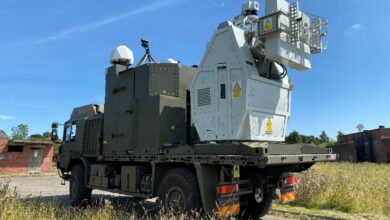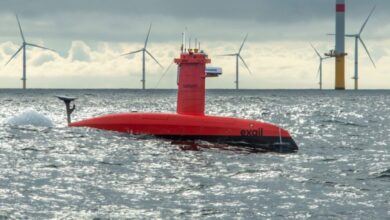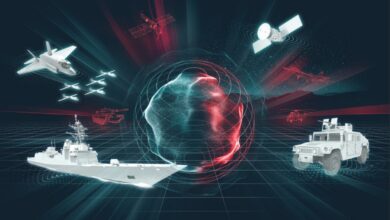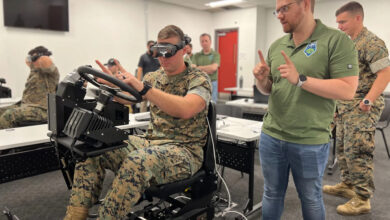British Navy Commits $135M for Electronic Warfare Technology
The Royal Navy is investing around 100 million pounds ($135 million) to upgrade its electronic warfare capabilities for more simultaneous detection and identification of radio signals.
Awarded to a consortium of technology and defense firms led by Babcock International, the investment would help the service facilitate faster decision making, better situational awareness, and improved anti-ship missile defenses.
“In a world of rapidly evolving threats, these enhancements will upgrade the Royal Navy with pioneering radar detection capabilities maintaining the UK’s operational advantage at sea,” Defence Secretary of State Ben Wallace said in a press release.
The contract is part of the country’s 500-million-pound ($674 million) Maritime Electronics Warfare Program to deliver this advantage for British frigates and Queen Elizabeth-class aircraft carriers.
Wallace also explained that the investment will open around 170 manufacturing and software development jobs in the Southwest of England over 13 years.
‘Delivering Crucial Capability’
The multimillion-dollar investment in electronic warfare could ensure that the British Navy will be one of the leaders in maritime innovation and preparedness for new and emerging threats.
According to Royal Navy Commodore Steve Prest, understanding and investing in the complex environment of electro-magnetics is a critical key to the service’s operational success.
He also stated that the technology “will deliver a generational leap in our electronic warfare capabilities to ensure we maintain the operational advantage we need well into the 21st century.”
Meanwhile, DE&S Ship Support Director Jim Higham expressed his delight with the new contract and is already looking forward to working with other defense firms in delivering “crucial capability” to the Royal Navy.
In addition to DE&S and Babcock International, technology firms Elbit Systems, QinetiQ, and the Defence Science and Technology Laboratories will collaborate in the design, manufacture, delivery, and integration of the technology.












